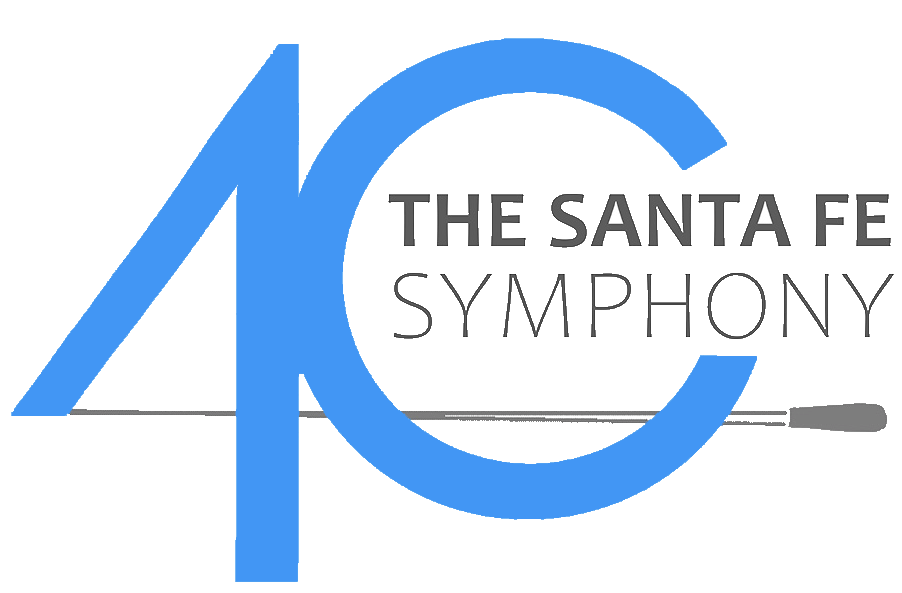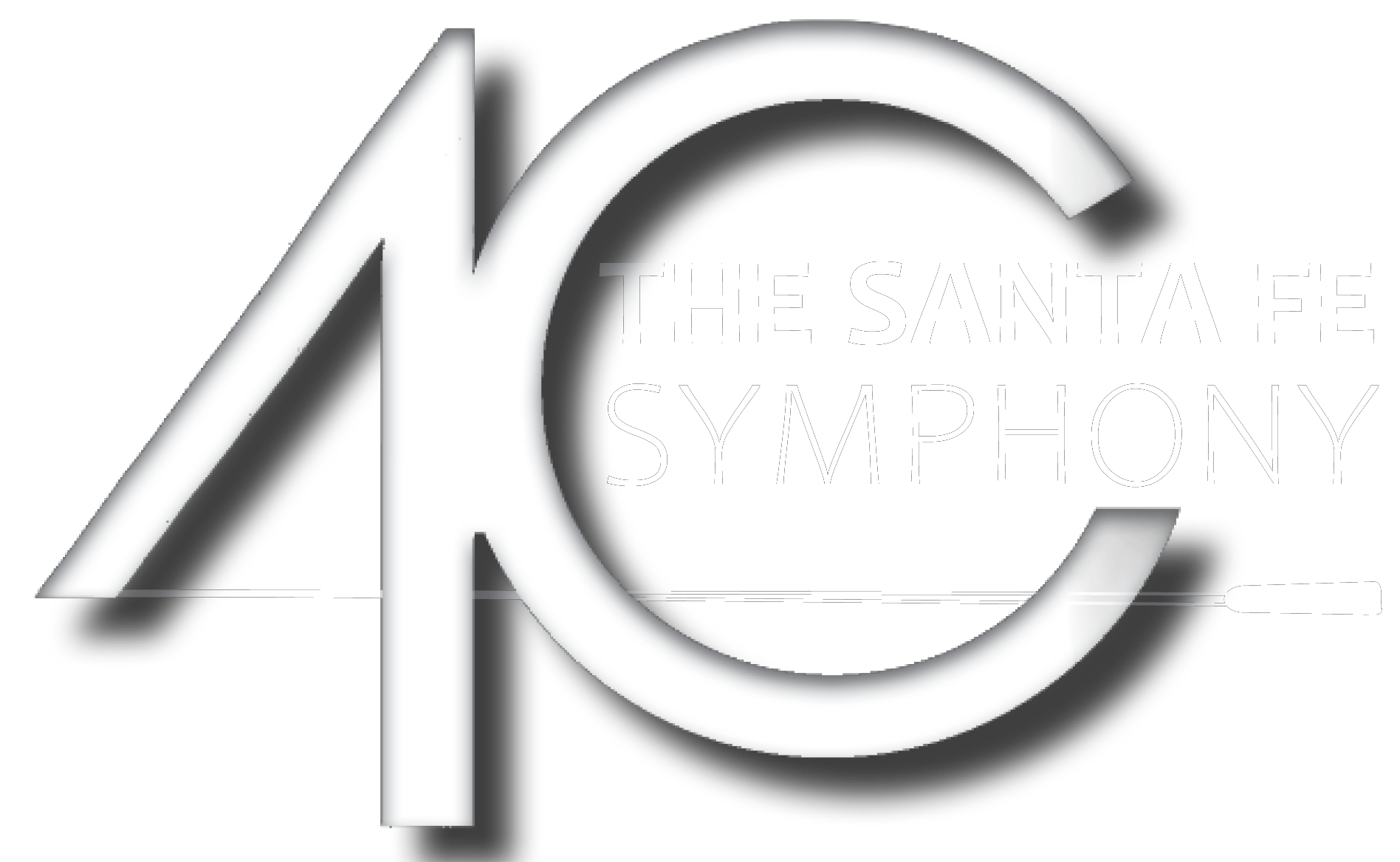Program Notes | Mozart, Haydn & Fung
Overture to Ruslan and Ludmila
MIKHAIL GLINKA
Born 1804, Novospasskoye, Russia
Died 1857, Berlin
Mikhail Ivanovich Glinka is commonly regarded as the father of Russian opera and the founder of Russian nationalism in music. The two major musical influences in his life were the Russian folk music that he grew up with on his father’s country estate, and the operas of Vincenzo Bellini and Gaetano Donizetti. The majority of his music seeks to create a Russian character by incorporating texts drawn from Russian history, poetry or literature, while the instrumental music incorporates folk tunes or typical dances. Yet it was through his operas, steeped in both Russian and Italian influences, that Glinka left his imprint on Russian musical history.
Although Glinka received piano instruction from acclaimed Irish pianist and composer John Field during his childhood in St. Petersburg, his association with music remained amateur until visits to Italy and, in 1833, to Berlin. There, having resolved to gain the technique that would enable him to write a Russian opera, he studied with the great teacher Dehn. Returning to Russia, Glinka produced his first opera, A Life for the Tsar, in 1836.
Ruslan and Ludmila, his second opera, is based on a tale by Aleksandr Pushkin, who had intended to write the libretto but was killed in a duel before he had the chance. Ludmila, daughter of the prince of Kiev, has three suitors, of whom Ruslan is her favorite. When an evil dwarf abducts her, her father promises Ludmila’s hand to whoever rescues her. Ruslan defeats the dwarf with the help of a magic sword, but Ludmila has been placed in a deep sleep and cannot be wakened. Fortunately, a kind wizard provides Ruslan with a magic ring that revives Ludmila and saves the day.
The overture, based on music from the wedding banquet in the opera’s final act, is an audience favorite and is frequently performed, although full productions of the opera outside of Russia are rare.
Concerto for Trumpet and Orchestra
VIVIAN FUNG
Born 1975, Edmonton, Canada
“Vivian Fung’s Trumpet Concerto is not just a world premiere, it’s very likely the first concerto written by a North American female composer for a female trumpet soloist.”
– John Chacona, Erie Times-News
Trumpet Concerto is a virtuosic, tour de force work displaying the capabilities of the E-flat trumpet and flugelhorn, and it stretches the imagination to what is possible for the instruments. Written for trumpeter Mary Elizabeth Bowden, the concerto originally was inspired by a conversation about Mary’s journey in her solo career in general, and as a woman in a male-dominated field. Ideas of striving, overcoming challenges, frustration, passion, and ultimately joy and celebration are all explored in this piece.
Rather than composing the work in movements, I have chosen to organize the piece as a continuous work with various episodes, including a toe-tapping march, a lamentful and stormy chant, and a more contemplative section for flugelhorn leading to a hip-hop inspired dance. The materials ultimately culminate in a chaotic frenzy that recaps many of the materials and builds to a triumphant ending.
-Program note by Vivian Fung
Trumpet Concerto in E-flat Major
FRANZ JOSEPH HAYDN
Born 1732, Rohrau, Austria
Died Vienna, 1809
Haydn’s Trumpet Concerto of 1796 is not just his finest concerto; 200 years after its composition, it remains the greatest trumpet concerto ever composed. Trumpets before this time had been extremely limited instruments, able to produce only a few notes in a scale and depending even for this on players’ ability to change pitch by adjusting their lips. In the 1790s, however, the Viennese trumpeter Anton Weidinger invented a keyed trumpet that made the instrument much more flexible. Its four keys (like the keys on woodwind instruments) gave his trumpet a much greater range and made possible a number of chromatic tones previously impossible. The keyed trumpet represented a great leap forward for the trumpet, though this instrument itself would be superseded by the invention of the modern valved trumpet in 1813.
Haydn immediately saw the possibilities of Weidinger’s new instrument and wrote a concerto designed to show off the new instrument. It employs a full range of notes, requires rapid leaps and includes many chromatic passages that no previous trumpet could have played. Throughout, Haydn’s Trumpet Concerto combines nobility, strength, and a relaxed and gracious manner. The opening Allegro is in sonata form; Haydn varies classical concerto formula by having the trumpet join the orchestra before the opening exposition is complete, and he asks the soloist to make difficult leaps and to play long chromatic lines.
The second movement, significantly marked Andante cantabile, shows that the new instrument can sing too. It is in ABA form: The gorgeous opening melody is in A-flat major, but in the middle section Haydn modulates—as a demonstration of the trumpet’s new flexibility—into the extremely unusual key of C-flat major. The famous last movement is a combination of sonata and rondo. Its main theme, heard quietly at first, will later ring out with strength as it leads to the conclusion on a series of blazing trumpet calls.
-Program Note by Eric Bromberger
Symphony No. 41 in C Major, K.551, “Jupiter”
WOLFGANG AMADEUS MOZART
Born 1756, Salzburg
Died 1791, Vienna
The summer of 1788 was an exceptionally difficult time for Mozart, and what must have been particularly dismaying for the composer was the suddenness of his fall from grace. Two years earlier, at the premiere of The Marriage of Figaro, he had been at the summit of the musical world. On a visit to Prague, he could exult “For here they talk about nothing but ‘Figaro.’ Nothing is played, sung, or whistled but ‘Figaro.’ ” But the indifferent reception of Don Giovanni and evolving musical fashions in Vienna changed this. Within a year, Mozart discovered that his audience in Vienna had nearly disappeared: He was unable to mount new concerts or sell music by subscription because now no one seemed interested. Soon he found his financial condition straitened, and he began to borrow heavily. The composer moved his family to a smaller apartment in a suburb of Vienna, where there was at least the consolation of a garden and lower rent, but he remained despondent about his situation. On June 27 he wrote to his friend Michael Puchberg, asking for a loan and admitting that “black thoughts . . . often come to me, thoughts I push away with a tremendous effort.” Two days later, Mozart’s infant daughter Theresia died.
Through that bleak summer, Mozart worked with incredible speed, and after an 18-month hiatus, he was writing symphonies. He finished the Symphony No. 39 on June 26, the Symphony No. 40 on July 25, and a mere 16 days after that Symphony No. 41. The question remains: Why did he write these symphonies? Mozart usually wrote music only when performances were planned, but there is no record of any subscription concerts during this period. Perhaps such concerts were planned and then fell through. In any case, these symphonies were not performed and instead went onto the composer’s shelf. Evidence suggests that he heard the Symphony No. 40 at a concert in April 1791, but at the time of his death eight months later he had likely not heard a note of the Symphony No. 39 or the Symphony No. 41.
The Symphony in C Major was his last, although there is no reason to believe that he knew when writing it that it would be his final symphony, for a normal lifetime would have allowed the composer several more decades of work. The nickname “Jupiter” was not Mozart’s. It was in use by the early 19th century, but its exact origin is unknown, despite many theories. This is, however, one of those rare instances when an inauthentic nickname makes sense. If ever there were Olympian music, this is it.
The first movement, Allegro vivace, is music of genuine grandeur, built on a wealth of thematic material, and we feel that breadth from the first instant, where the opening theme divides into two quite distinct phrases. The first phrase is an almost stern motto of repeated triplets, but the second is lyric and graceful, and the fusion of these two elements within the same theme suggests by itself the emotional scope of the opening movement. The array of material in this movement ranges from an almost military power to an elegant lyricism (one of these themes, in fact, is derived from an aria Mozart had written for a friend a few months earlier). The development is brief (and concerned largely with this aria theme), but the recapitulation is quite lengthy, and Mozart surprises us by bringing back some of it in a minor key. The movement drives to a stirring close in which its martial spirit prevails.
The second movement is marked Andante cantabile, and Mozart’s stipulation cantabile (a marking he used infrequently) is important, for this music sounds as if it too might be an aria from an opera. First violins, muted throughout, introduce both themes of this sonata-form movement. The opening seems at first all silky lyricism, but Mozart jolts this peace with unexpected attacks. The second subject is turbulent: Over quiet triplet accompaniment, the violin line rises and falls in a series of intensely chromatic phrases, powered by the syncopated shape of this theme. The third movement is in minuet-and-trio form, though no one has ever danced to this brisk music, whose fluid lines are spiced by attacks from brass and timpani. The trio section is dominated by the sound of the solo oboe; although near its end, strings break into a gentle little waltz that suddenly stops in midair.
The Molto allegro finale is not simply one of Mozart’s finest movements, it is one of the most astonishing pieces of music ever written. It begins with a four-note phrase heard immediately in the first violins, yet this figure is hardly new: Mozart had used it in his Missa Brevis in F Major of 1774, his String Quartet in G Major of 1782, and elsewhere. In fact, he had subtly prepared us for the finale by slipping this opening phrase into the trio section of the third movement. The finale is not a fugue, as many have suggested, but is instead a sonata-form movement that puts that opening four-note phrase (and other material) through extensive fugal treatment. However dazzling Mozart’s treatment of his material is in the development section, nothing can prepare the listener for the coda. Horns sound the four-note opening motto, and in some of the most brilliant polyphonic writing to be found anywhere, Mozart pulls all his themes together in magnificent five-part counterpoint as the symphony hurtles to its close in a blaze of brass and timpani.
-Program Note by Eric Bromberger

